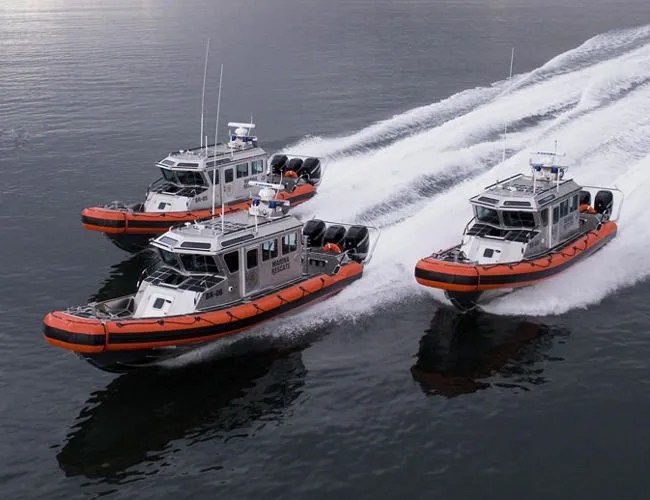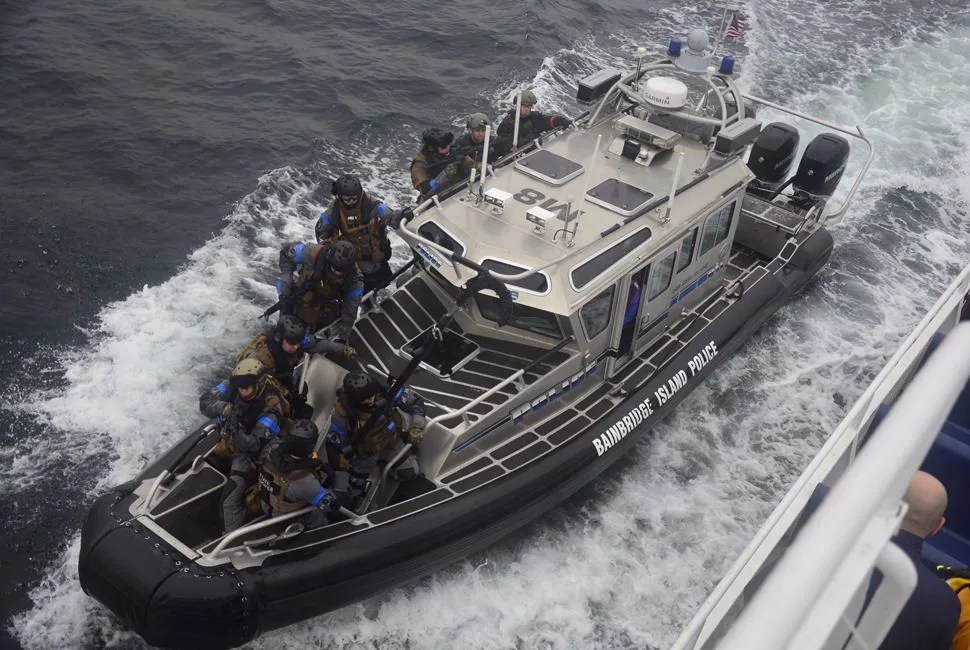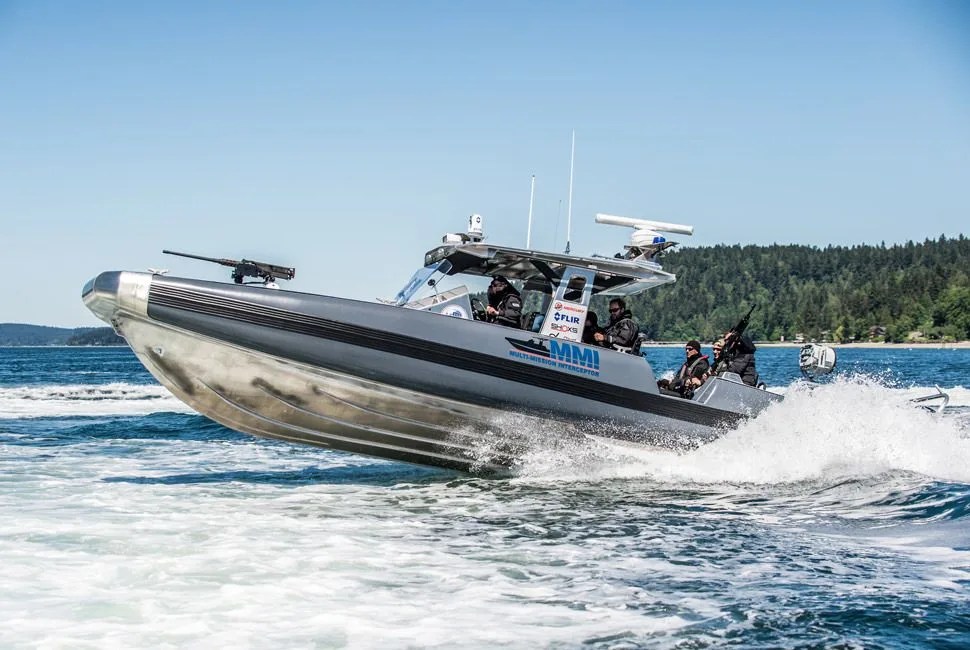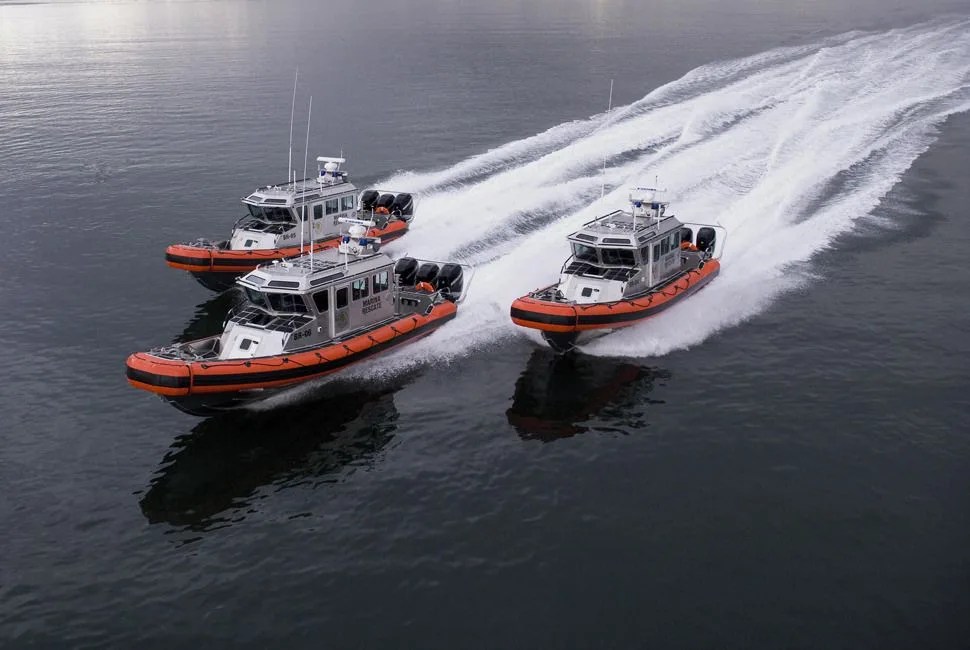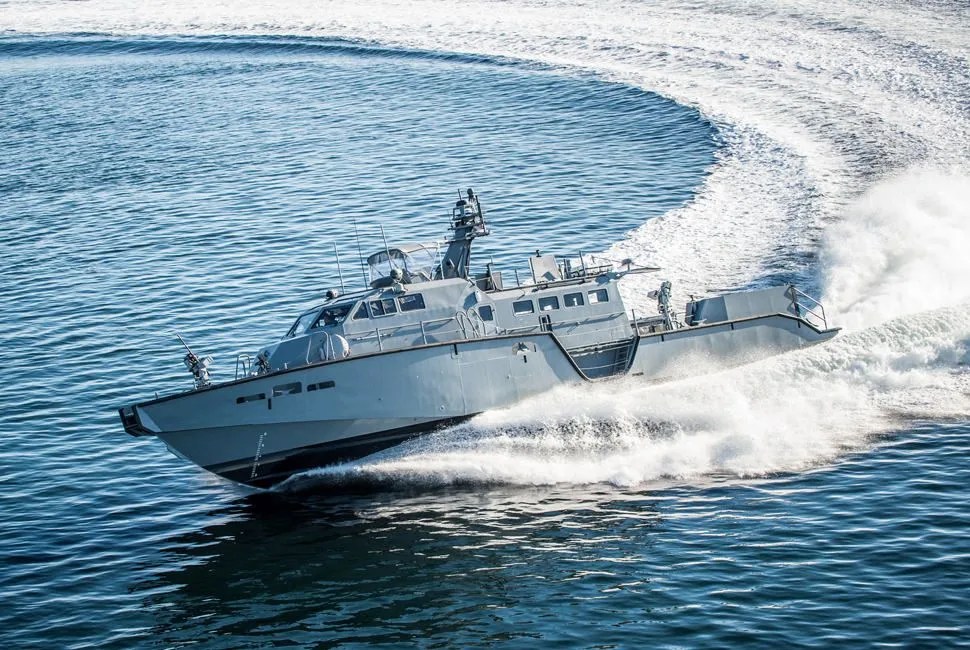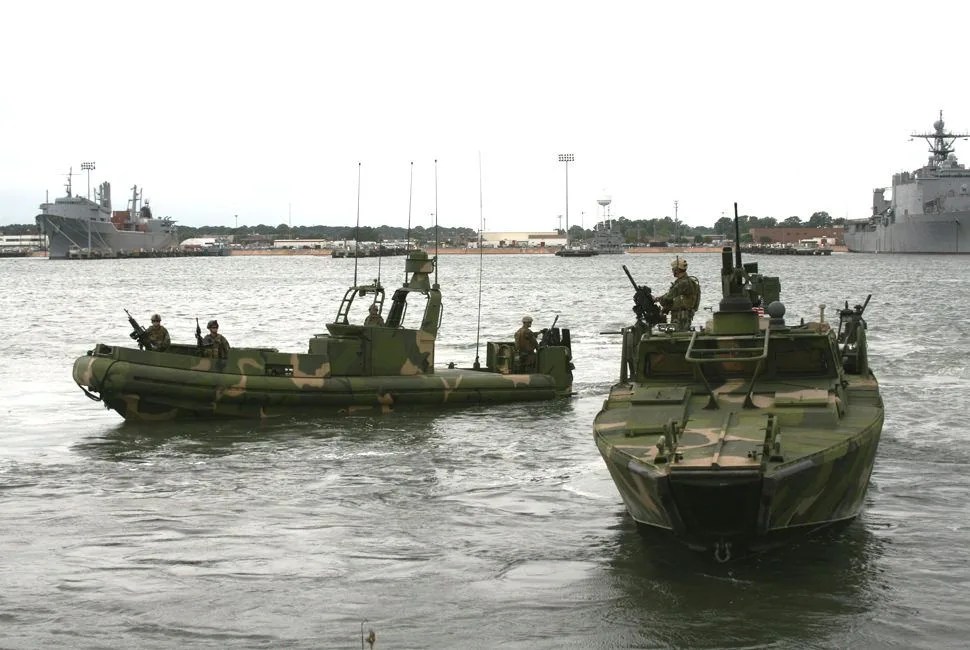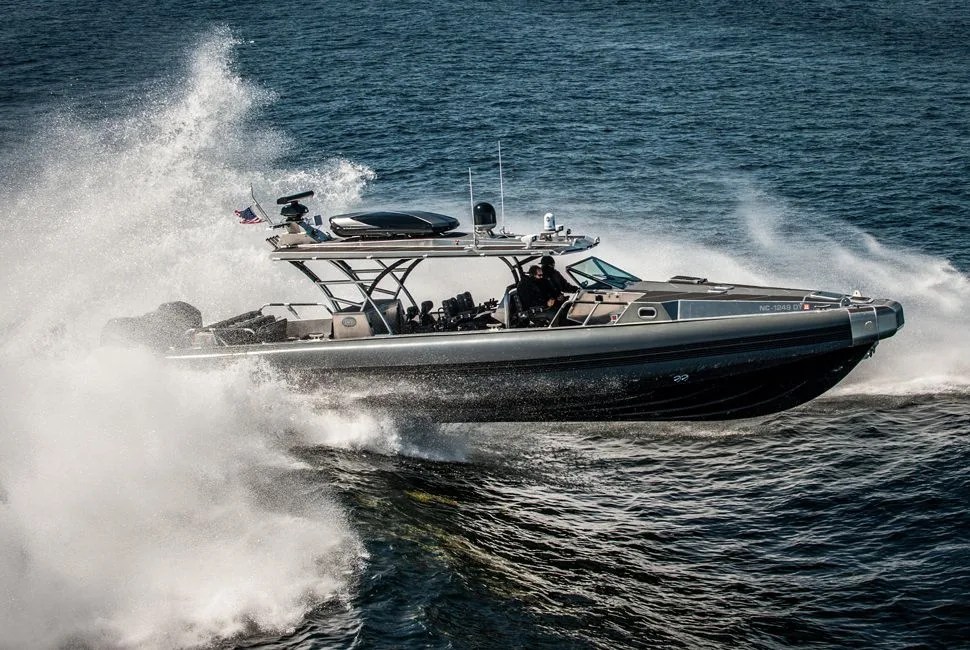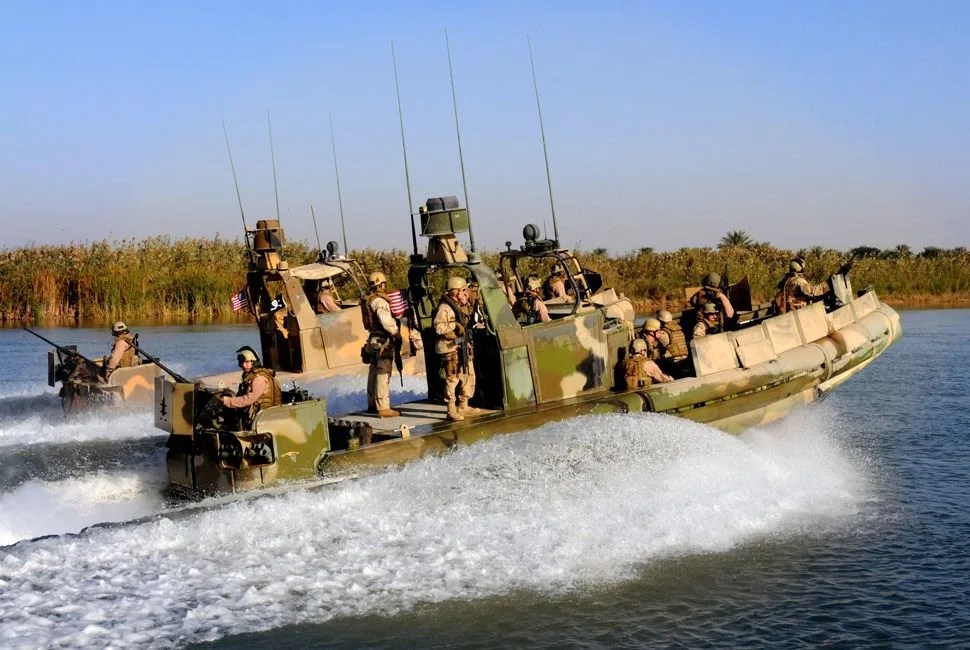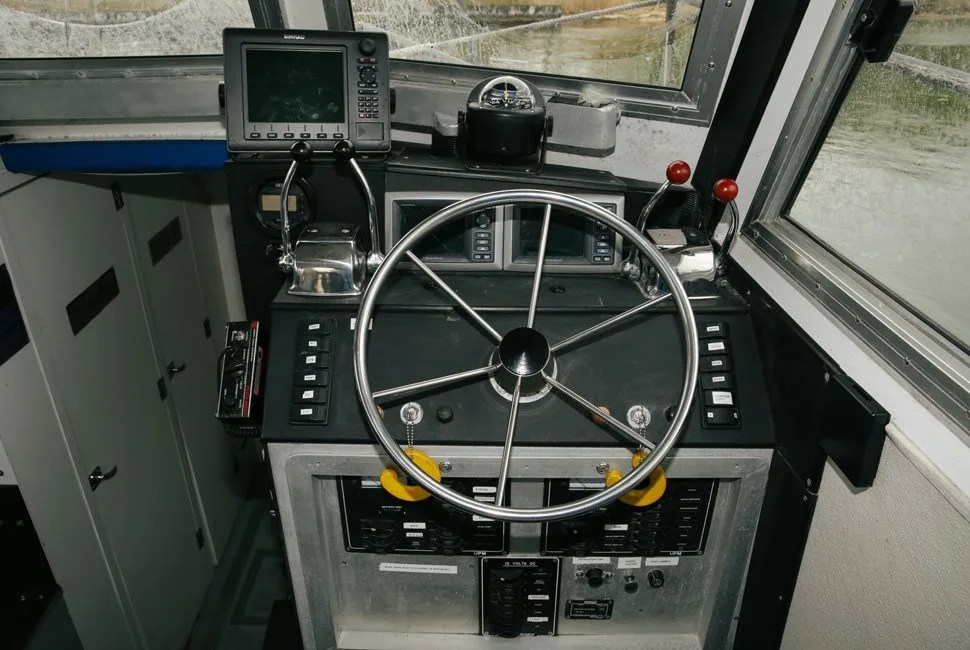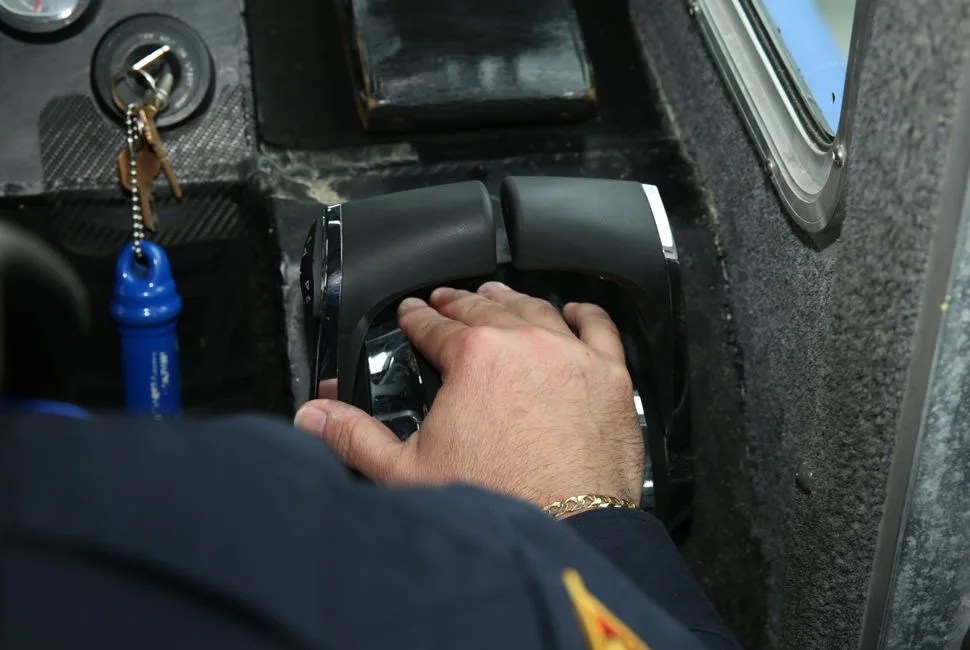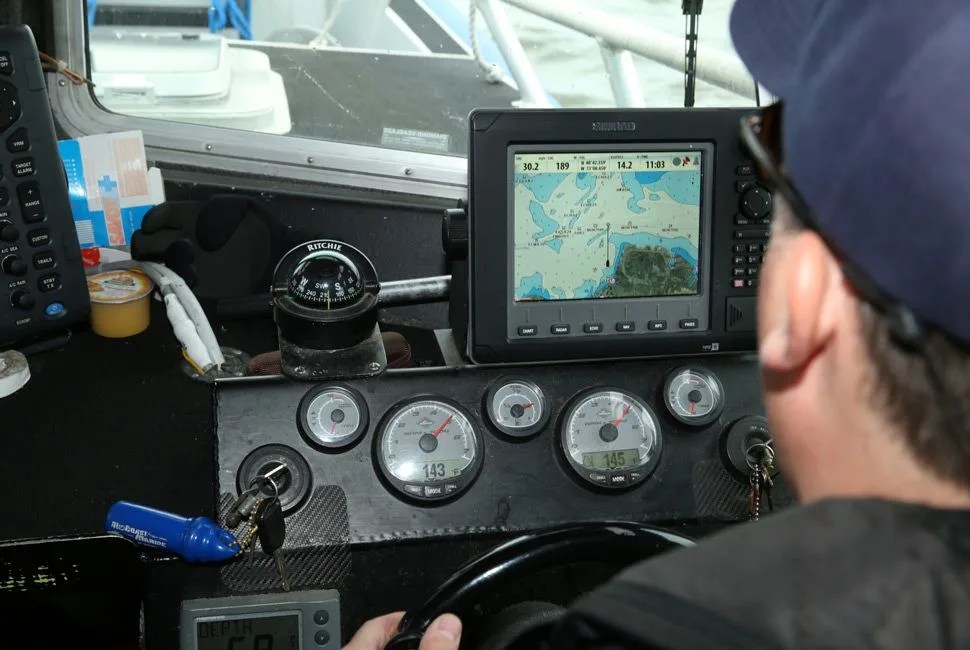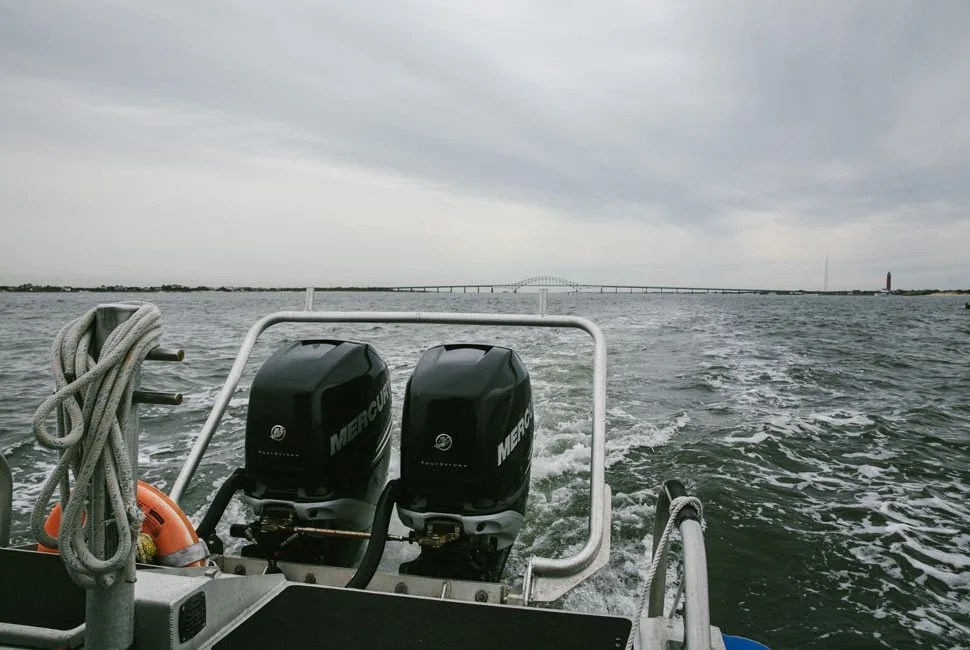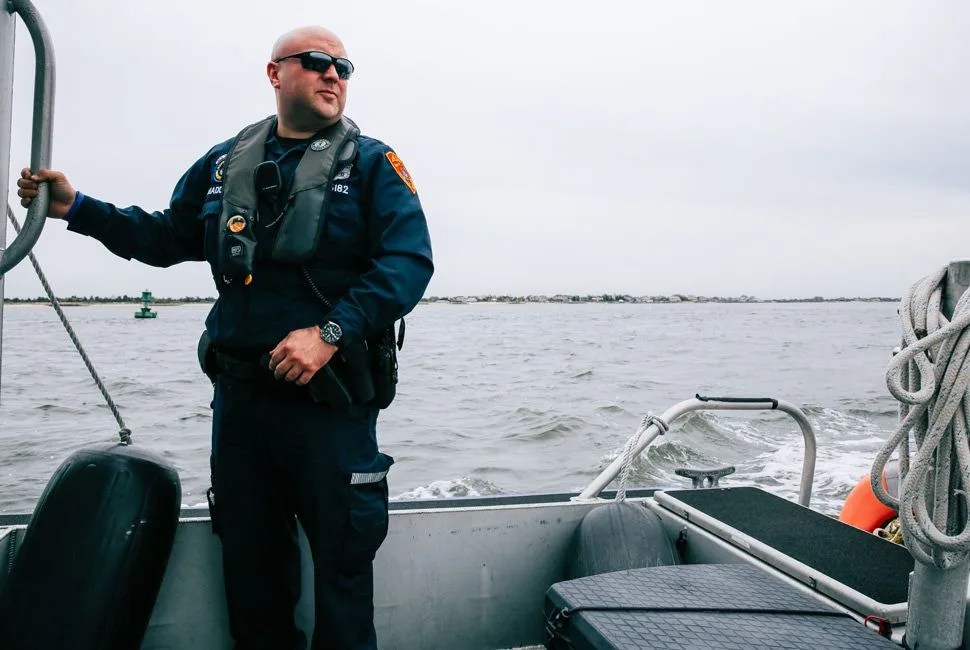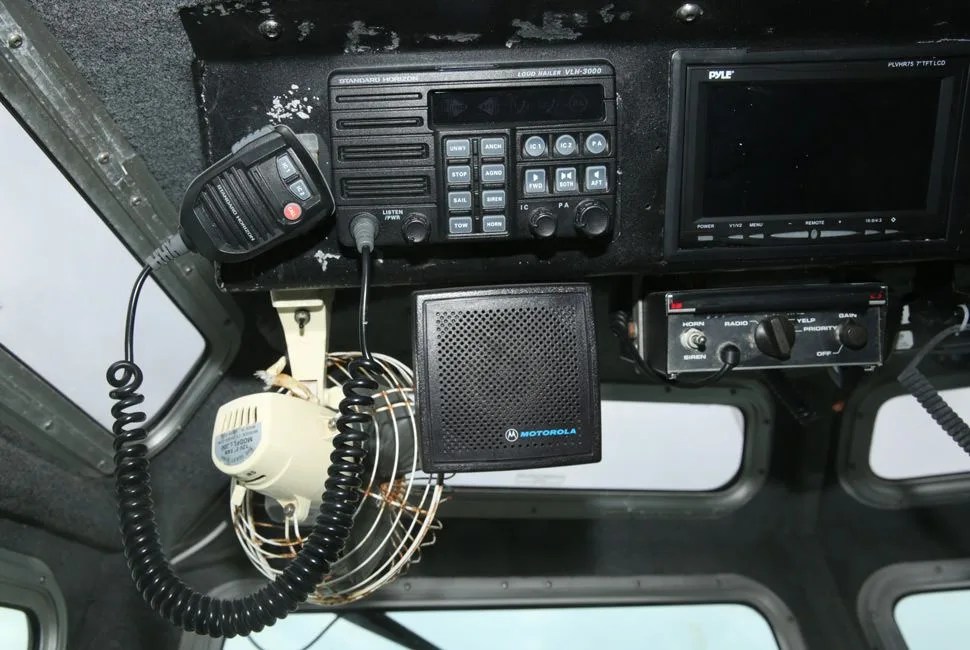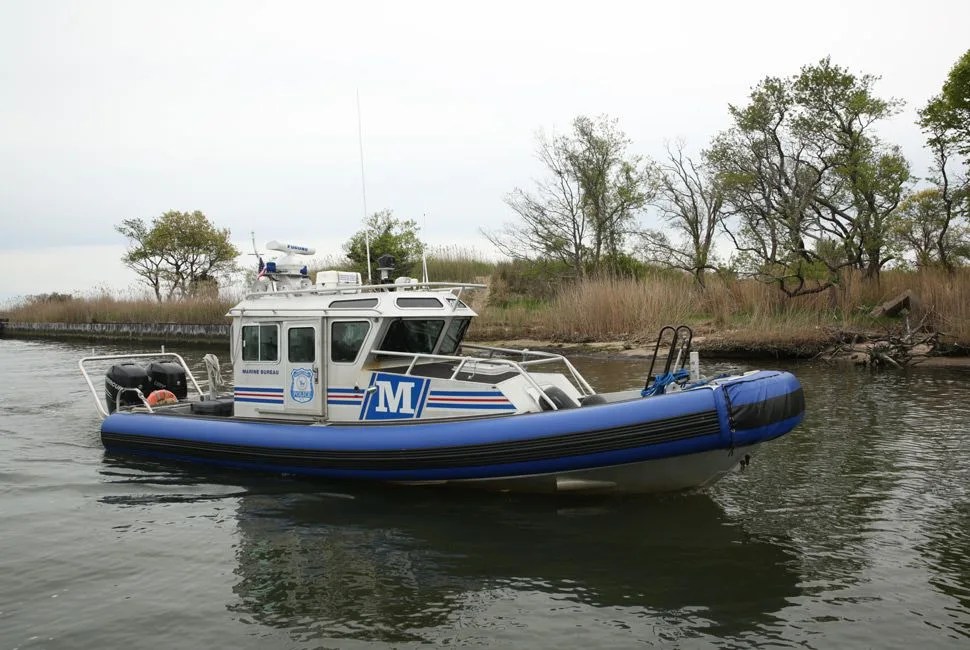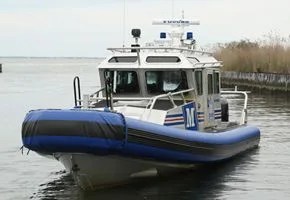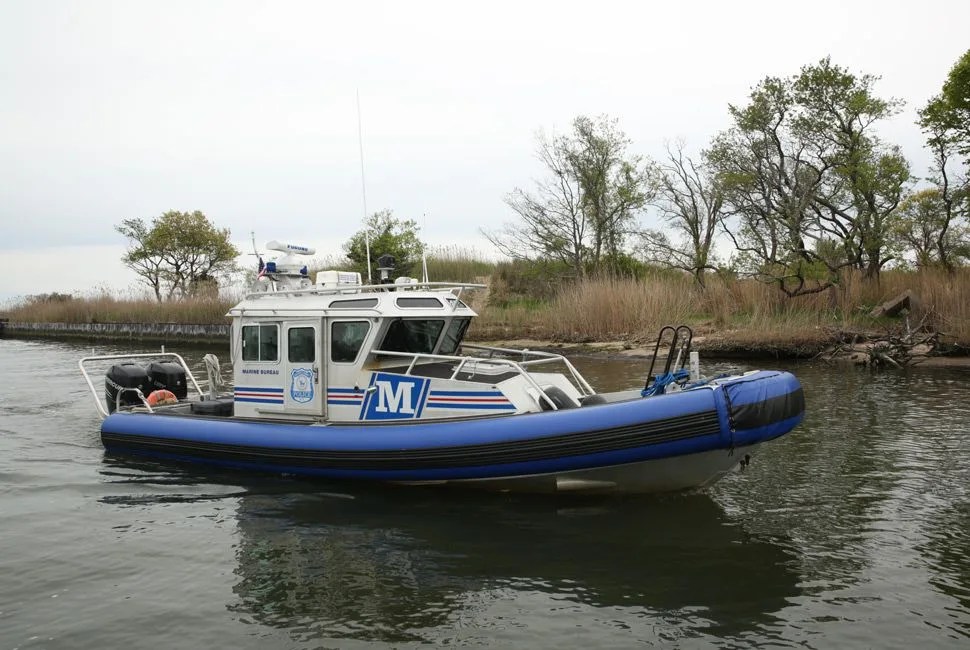8 photos
Editor’s note: This story was originally published in June 2016. We felt it was high time to resurface it, as in any year, the unofficial start of summer is ideal for celebrating badass boats.
When the sea is too rough, and waves rise higher than six feet, the Coast Guard won’t risk taking their smaller vessels in the open ocean. It’s too dangerous and their protocol is restrictive, according to Charles Abbene, an officer with the Suffolk County Police Marine Bureau. Even if someone sent out a distress signal — “Help, my boat capsized! I need to be rescued!” — the Coast Guard won’t send its smaller fast-response ships.
“There are times when we’ll go out with this boat and we’ll leave the Coast Guard at the inlet,” Abbene says, referring to one of the Marine Bureau’s favored fast-response vessels: 27-foot and 31-foot SAFE Boats. “Ours is more for the captain to make a judgment.”
The patrol area in question: the Fire Island Inlet. It’s the gateway between the Great South Bay, located at Long Island’s southern shore, and the Atlantic Ocean. In the summers, especially between Memorial Day and Labor Day, the area becomes full of fishermen, recreational boaters and vacationers ferrying to and from Fire Island; it has the highest number of registered motor boats — upwards of 600,000, Abbene estimated — out of any county in New York.
It’s these populous waters — plus several bays on Long Island’s northern shore and three miles out into the Atlantic Ocean, which adds up to about 430 miles of total coastline — that the Suffolk County Marine Bureau is charged with protecting 12 months a year.
And where SAFE Boats come in mighty handy. These military-grade aluminum boats have upwards of 600 horsepower, can travel near 50 mph and, when their engines are pulled up, can operate in knee-deep water. The vessels are fast and flexible for search-and-rescue missions in all types of conditions, and the officers onboard have enough room to treat people in an emergency setting. “I think they’re great boats for what they are, for what we need,” says Ed Vitale, deputy inspector of the Marine Bureau.
